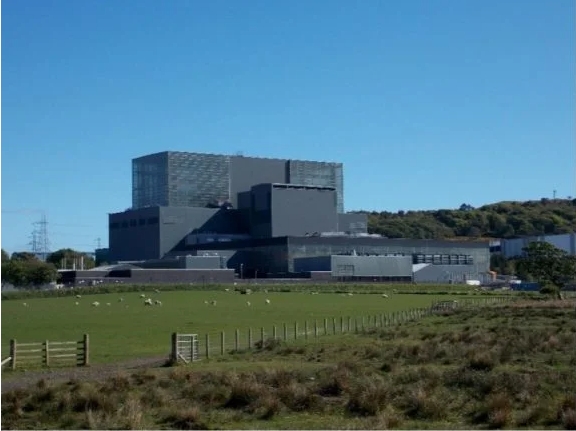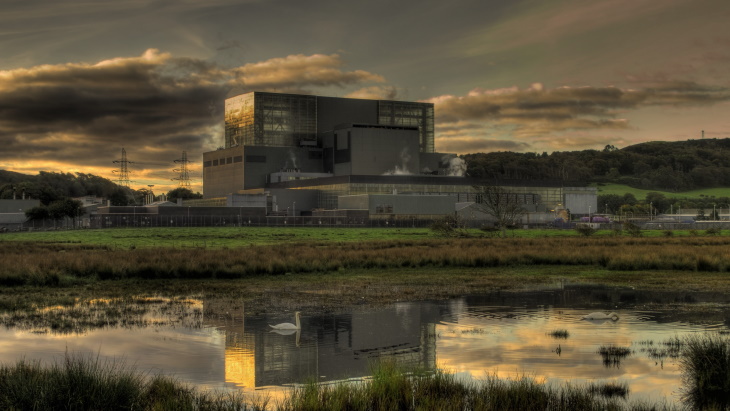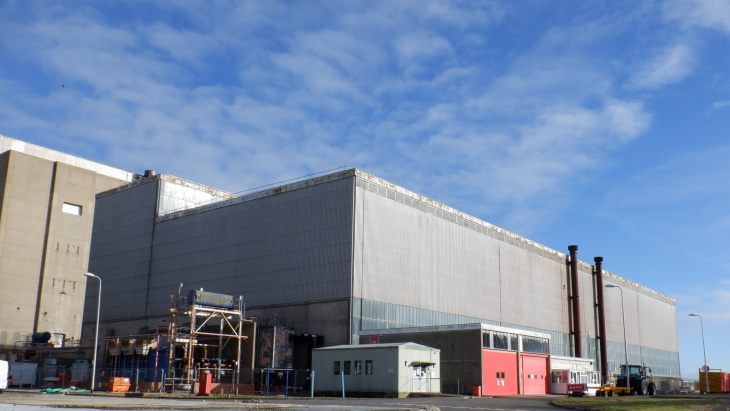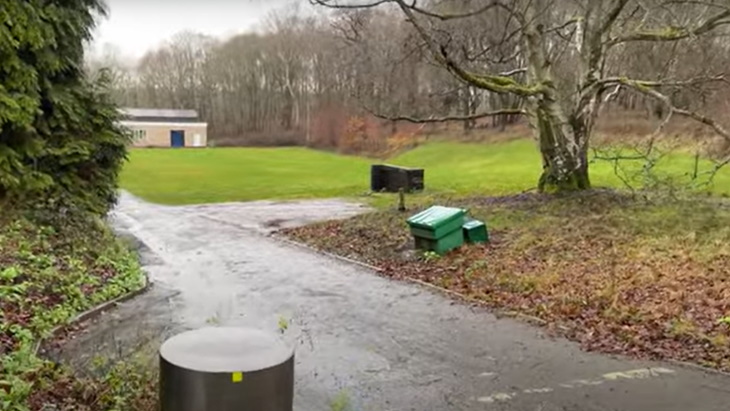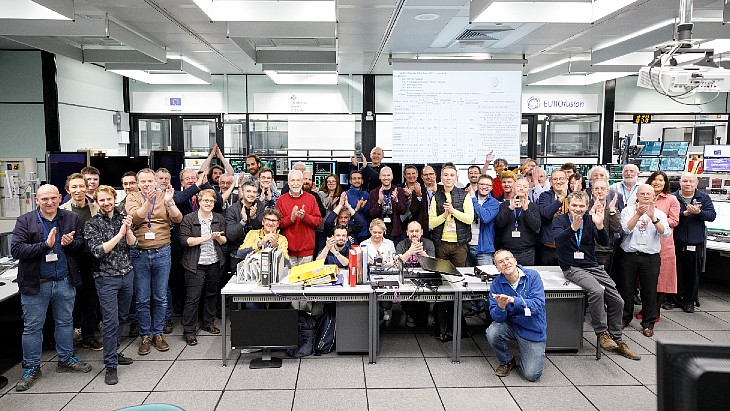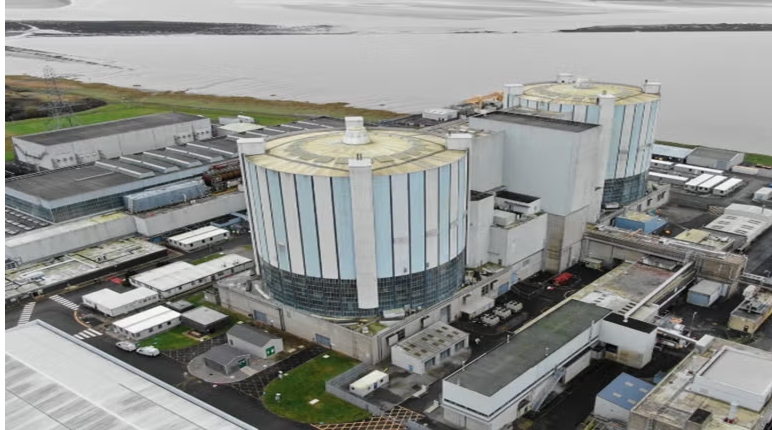
ONR said this vital task was necessary to allow the decommissioning of the building to progress safely. To prepare for this work, the entire site was disconnected from the electricity grid to safely allow the bulk cutting of the electrical cables.
It is estimated that the more traditional method of cutting cables, with the site still connected to the grid, could have taken a year to complete due to the requirement to complete cable-by-cable identification, significantly prolonging the task. This approach enabled the simultaneous cutting of all cables, eliminating the risk of cutting a live wire or encountering the hazard of an unknown and undocumented live cable.
Using wireless-controlled cable cutters, workers were able to safely cut and cap 350 electrical cables in the turbine hall. The team used 1960s-era drawings to identify the cable routes into and out of the hall. ONR inspectors maintained close oversight of this work and through our enabling approach were supportive of NRS’ strategy to deliver this decommissioning milestone.
During the four days while the site was disconnected from the grid, a portable generator was used to power essential welfare facilities on site and to recharge battery powered tools used to conduct the work.
Ian Phillips, ONR’s Head of Safety Regulation for Decommissioning, Fuel & Waste Sites, said: “This novel and innovative approach to de-cabling at Oldbury was a real success. All cable cuts were made successfully, and the site smoothly reconnected to the grid following the completion of the work.”
He added: “The method deployed had significant safety benefits to workers including reducing potential exposure to asbestos and removing the risk of cutting into live cables. It also demonstrated an approach that delivers accelerated decommissioning while minimising risks to workers and the public. As an enabling regulator, we are open to holding discussions with licensees and duty holders about novel and innovative approaches, such as the one used at Oldbury, providing they are safe and do not compromise worker or public safety.”
Oldbury NPP, with two Magnox reactors producing 424 MWe began operating in 1967and were closed in 2011 and 2012. In 2016, the reactors were fully defuelled and the site moved into its decommissioning phase.


